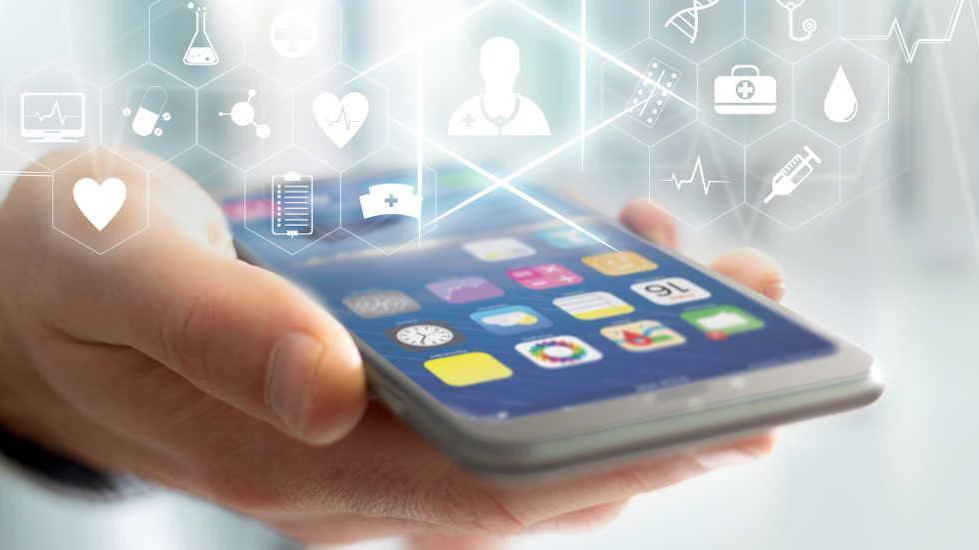
Properly treating patients is a two-way street. The patient must follow prescribed treatment, and the doctor needs full transparency to make the right adjustments and determine next steps. Despite patients’ best efforts, the process leaves a lot of room for (human) error.
We research, develop, and invest in modern technologies, such as sensors, IoT platforms, and more, that are transforming the healthcare industry. Through this research, we’ve observed that the technology’s ability to help capture passive data will have a big impact on success.

Passive data works best
Patients are people, which means they may not have the best follow-through when it comes to their health plan, whether it involves a prescribed medication, regimen, or lifestyle change. And when doctors receive inaccurate or incomplete information, both parties are at risk.
Studies have shown that when patients need to follow specific directions on their own, compliance declines increasingly with each additional step, to the point that only 50% of patients take their medical as prescribed. Lifestyle change compliance is even worse.
Medical professionals are turning to passive data collection to identify, and adjust for, these missteps. Connected devices record and report on relevant patient activity, helping patients stay on track, and helping doctors understand individual patient routines without interrupting them.
Transparency with technology
Connected medical devices like insulin pumps, wearable patches, and mobile applications collect passive data. The devices gather and report data, like the frequency and amount of medicine taken, to the patient, family member, or prescribing doctor. The data shows if there were lapses in the plan and helps the doctor or caregiver understand how to make sure the best treatment reaches each individual.
And as we mentioned, patients aren’t always forthcoming when they stray from a prescribed plan or medicine. Passive data collection in connected devices is an option for more precise, transparent treatment.
Bringing the doctor to your home
Passive data systems make it possible for patients to continue normal daily activities without stopping to manually log information. For example, when a patient that needs to be closely tracked injects their prescribed drug, the doctor could automatically receive a digital record without additional effort from the patient.
With technology-enabled home drug delivery systems, care providers could allow patients to self-administer a highly regulated drug in the privacy of their homes. Technology will do its part by examining compliance and dosing in the doctor’s absence.
Data management made easy
Partner platforms, like the medical-grade, regulated platform BrightInsight, can help healthcare professionals navigate the complexities of data management and secure sensitive information. These platforms also evaluate how to extract value from the massive volumes of data that devices are pulling.
Using algorithms to interpret the data, draw logical conclusions, and provide meaningful, actionable next steps gives physicians more insight. With more insight, they’re able to improve client outcomes. It also helps patients make more informed decisions about their health.
Partner with the experts
Companies may know how to manufacture the devices, but they don’t always have the resources to scale production or work with global markets. Sometimes they lack critical design knowledge, like what connectivity technology is best suited for their product or how to design for manufacturability. This is where an experienced partner like Flex can help.
We have the expertise to produce high-quality, fully connected, and high-performance devices. In fact, we help companies pair technology with medical devices every day.



